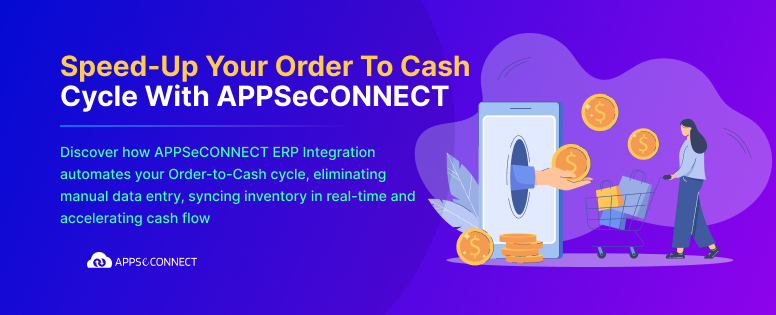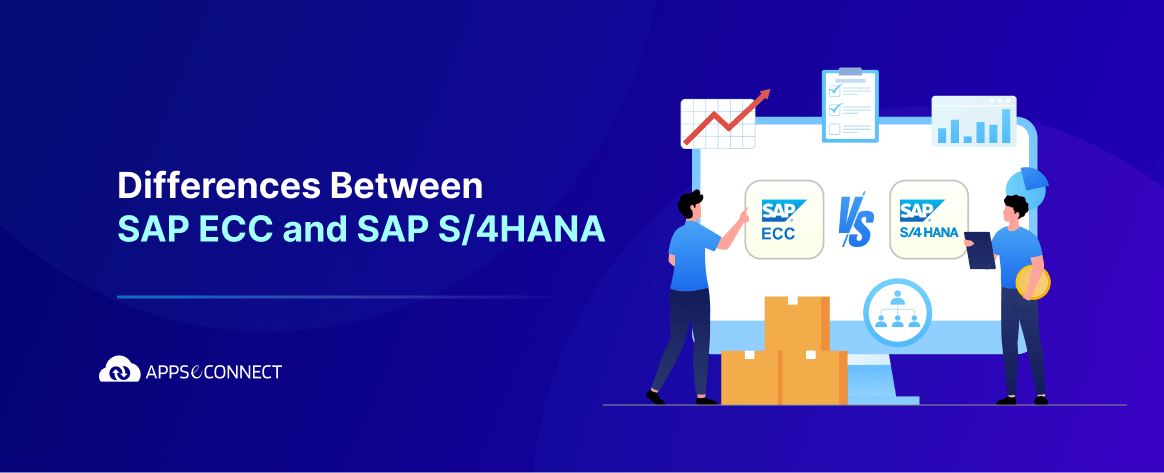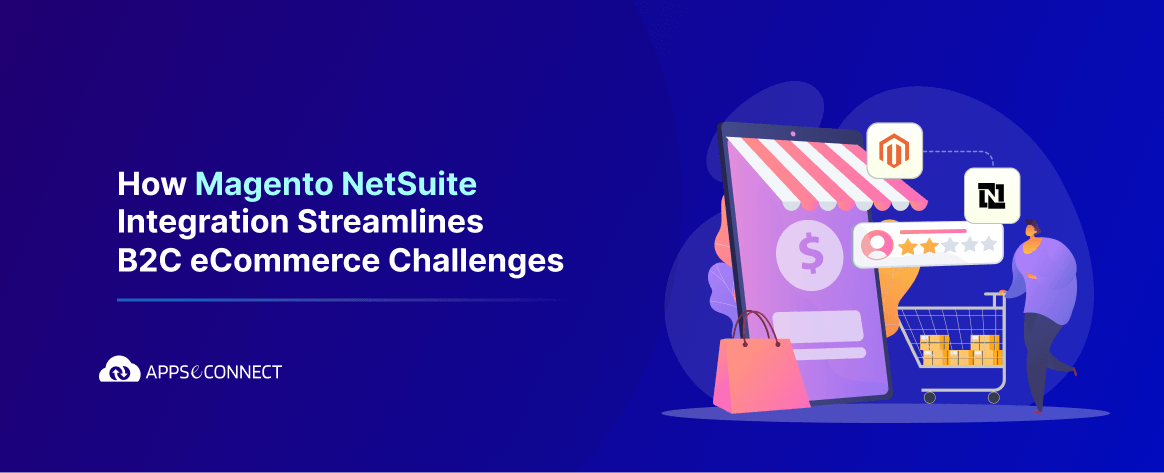Just a few weeks ago, all Indian businesses were required to comply with tax regulators and accept Goods and Services Tax (GST) which replaced the previous tax regimes such as VAT, service tax, CST, and others. The motive of rolling out GST was to bring both central and state taxes under a single umbrella and reduce the confusion that previously reigned. Of course, GST comes with a plethora of benefits for both businesses and regulators. However, it has been a cause of concern for businesses too, as they need to update their ERP and other tools to function in compliance to GST.
Overnight, all businesses were required to move to GST, and unfortunately, most companies were not ready. Even today, many companies that are using SAP ERP system are struggling to cope up with the GST transition, and one of the biggest reasons behind this is the lack of preparedness. In this article, we take a look at the impact of GST on SAP modules, and what you can do at the moment to contain the chaos and confusion that has reigned ever since GST was publicly introduced.
Get your IT department streamlined
One of the biggest worries of the companies that have transitioned to follow GST has been how drastic the changes have been. The changes are particularly dramatic when it comes to the IT department. As most records are digitized today, those who had been using SAP have found it easier to transition to GST. However, those who have used SAP along with manual ledgers or certain digital tools have found the transitioning process very confusing.
The first step for such a business would be to streamline their IT department. It makes complete sense to bring everything under the purview of SAP, and discard legacy tools and practices. In fact, to successfully use SAP in these post-GST times, you will have to streamline all your apps and software programs and stop using anything that is not required.
You will begin to see GST’s impact on sales, procurement, stock transfer and subcontracting, though this is not an exhaustive list. You will also need to train your employees to use SAP correctly, post-GST. After all, it is your employees who will be handling GST anyway, and you need to make sure that they are doing it the right way.
If you are using other applications, ensure that you integrate them with SAP. Once the integration with other applications is done, invest in a good technical backup service so that all records can be saved. It helps to bear in mind that GST-compliant businesses have to file multiple returns, and it is simply not possible to have a manual procedure anymore.
What should you do immediately?
SAP website published a blog detailing the solutions it provides for GST rollout, and how in the future updates, patches will be released to solve any issues that may be lurking underneath. It is productive to keep this blog post ready and keep referring to it as and when required.
Firstly, you will need to connect your SAP to GSTIN, so that all your invoices are uploaded to the GST network. There are a few changes that you may need to configure in your ERP. You will have to reconfigure your tax calculation procedure, adopt a sequential method to number your invoices, and ensure that invoices are maintained correctly and accurately. Other than this, you will also need to follow these tips:
- Set up your data and make sure all your customer data and information related to vendors, materials, products, etc. are updated. This will be your Master Data. You will need to make changes to the pricing of your services and products, based on the new GST calculations. All the forms and documents should reflect the changes too. It is a good idea is to use a document editor or document management tool to make all the GST-related changes. These document management tools can be safely integrated with SAP so that you do not have to make changes manually.
- Begin to review your inward and outward taxation processes so that they can be aligned with GST guidelines easily. There are separate rules for subcontracting, and that is something you will need to look at as well. Much of your time will be spent in configuring taxes in your SAP and creating a master data unit. Make sure that you specify the reporting and printing rules in your SAP so that your documentation does not be affected. This is one of the reasons why it is important to integrate a document manager with your SAP. You will also need to make sure that your partially open transactions are completed, and that there are no invoices that are left open. If they are, move them to GST as soon as possible.
SAP is versatile and ever-evolving
One of the biggest advantages of using SAP as an ERP tool is that it is very flexible and versatile. SAP releases updates regularly, and the company is aware of the confusion that GST has caused among Indian businesses. With this in mind, SAP is planning to roll out the updates regularly, specifically for GST.
As you can see, SAP has been quite prepared for GST, though many businesses are not. Using SAP in conjunction with other important apps like a document manager, or a CRM will help you to manage your business better and adapt to a post-GST regime. Make sure that you are cleaning up your house by streamlining IT department, and by making necessary changes within your SAP.
As for SAP itself, the company understands the impact that GST has had on the businesses and its own software. This is why SAP itself has decided to bring regular updates and patches so that there are no hurdles whatsoever. You might also want to seek our help, as we offer both SAP integration and post-GST transition acclimatization services. After all, seeking the help of professionals will help you to get acquainted and acclimatized to a post-GST world quickly and efficiently.
You may also like:
The Ultimate Cheat Sheet on SAP SD Database Architecture
Credit Card Payment Add-ons for SAP Business One




















